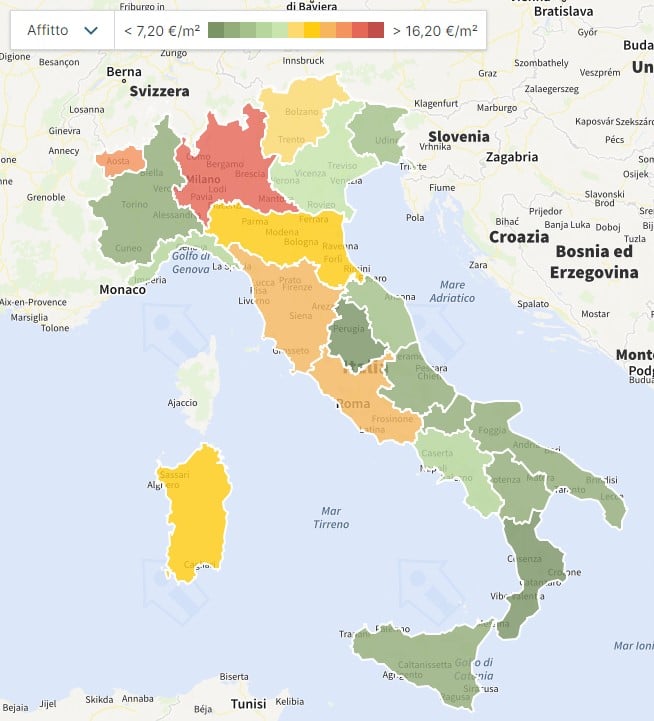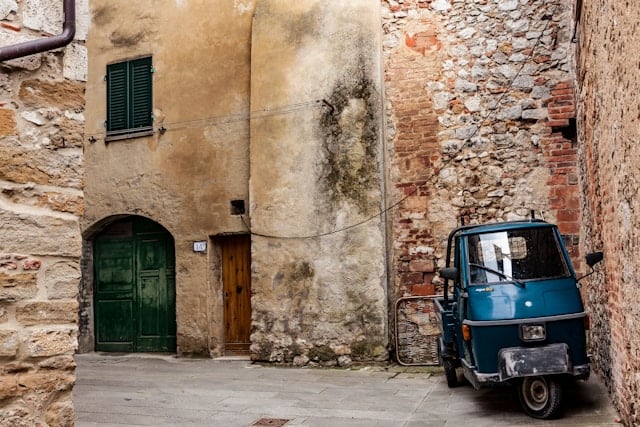Italian property prices have remained relatively stable in recent years compared to the steep rises seen in many countries, but that’s not to say they’re always cheap. Where exactly in the country you want to move to and the type of property you’re looking for will dictate whether or not you’re able to snap up a reasonable offer.
This map using data compiled by Italian property search portal Immobiliare.it shows how average listed prices per square metre compare across Italy’s regions.

The highest prices were recorded in Trentino Alto Adige, at €3,151 per square metre, and the cheapest place to buy was Calabria, with an average price of €922 per square meter.
Average prices are generally pushed up by just one or two hotspots, Immobiliare.it data shows: for example in the region of Tuscany, central Florence and the sought-after Fonti dei Marmi coastal resort command some of the highest prices per square metre in Italy, but in most other parts of the region you can find plenty of more reasonably-priced homes.
Milan, in Lombardy, is famously an expensive place to live, however this region ranks as slightly more affordable for buyers than the nearby northern autonomous provinces of Bolzano and Valle d’Aosta – though Lombardy is ranked top in terms of rental prices.

In Sardinia, there are extreme contrasts in purchase prices – between the luxury properties in coastal resorts and crumbling homes in inland villages – but overall, costs tend to be above average in the more easily inhabitable areas.
Italy’s north-south divide is evident in any comparison of nationwide property prices, and while southern Italy is famous for cheap homes, within these regions you’ll find certain cities or tourist hotspots where prices far exceed the average. For example, prices in Bari, the regional capital of south-eastern Puglia, are among the highest in the country as well as the fastest-rising.
Property market experts have cautiously predicted price rises in some areas in he coming months – but any increases are expected to be modest.
Factors putting the brakes on growth include the soaring cost of living eroding households’ purchasing power, rising mortgage interest rates, and the high cost of building materials.
Mortgages are also expected to become more difficult to obtain in 2023, meaning fewer people able to purchase.
As a result, Italian property prices overall are not expected to undergo any significant changes this year.
See more in The Local’s property section.



 Please whitelist us to continue reading.
Please whitelist us to continue reading.
Member comments